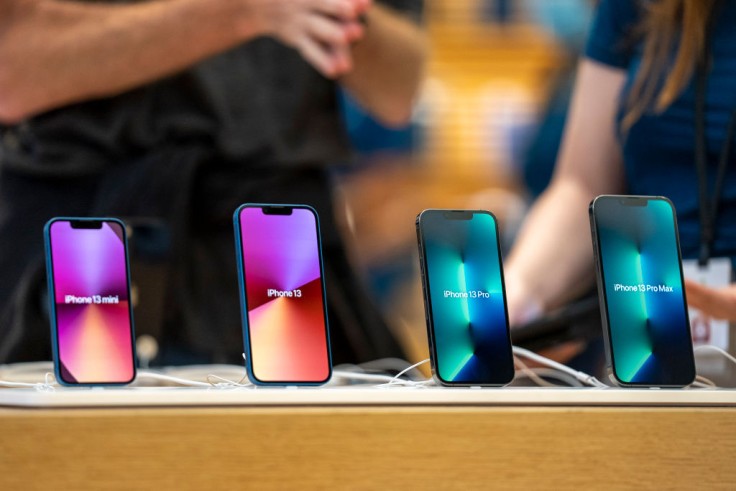
Only two months after the arrival of the iPhone 13, more leaks are emerging about the purported design and Wi-Fi network support specs of the upcoming next generation of the Apple smartphone, the "iPhone 14." The said device is reportedly set for release next year.
Based on these iPhone 14 leaks and rumors, Apple may drop the notch in the 2022 upgrade, which will introduce a punch-hole design--an innovation the company unveiled in the iPhone X. Famous Apple leaker Jon Prosser claimed that the infamous notch will be discarded, at least in the upcoming iPhone design. The device's large housing was also said to vanish soon as well.
In renders published on Notebook Check, the iPhone 14 is depicted having four colors, showing minor design revisions, based on the iPhone 13 Pro and iPhone 12 Pro. The iPhone 14 is also set to run on the A16 Bionic, an upgrade of the current A15 on the iPhone 13 also set to be made by TSMC using a five-nanometer process.
iPhone 14 to Support Next-Generation Wi-Fi 6E
But a key feature on the forthcoming iPhone 14 is the rumored adoption of the next-generation Wi-Fi 6E protocol, as well as the introduction of a head-mounted display.
In a note to investors, respected Apple analyst Ming-Chi Kuo foresees Apple to integrate Wi-Fi 6E in iPhone 14, Apple Insider reported. Kuo had previously predicted that the breakneck wireless connectivity protocol would be included in Apple's reported augmented reality headset set for release in 2022.
Kuo emphasized that the iPhone 14 and its head-mounted displays will be equipped with Wi-Fi 6E, which will force competitors to adopt the same standard in their upcoming flagships.
What Is Wi-Fi 6E? Expansive Swath That Won't Overlap Wi-Fi Channel Signals
Wi-Fi 6E, or the 6-gigahertz Wi-Fi, offers not merely a new set of airwaves or frequencies for routers to utilize, but also an expansive swath that won't require overlapping signals that are seen on current Wi-Fi channels, The Verge noted in a report. This new spectrum, which was approved by the U.S. Federal Communications Commission (FCC) last year, has adequate room to support seven maximum-capacity Wi-Fi streams all broadcasting simultaneously. This is done without the streams interfering with one another and not using previously available spectrum.
The FCC had opened up 1,200 megahertz of spectrum in the 6GHz band. Previously, Wi-Fi had been operating with around 400MHz of spectrum, and available channels must be split up to share that limited space. Channels on the 6GHz band would have 160MHz each in size. Currently, only two channels at that size could fit at available frequencies.
This means Wi-Fi 6E quadruples the total space available to current Wi-Fi, thus increasing potential bandwidth for supported gateways and endpoints. As such, Wi-Fi 6E is set to support two or three times more channels than Wi-Fi 6, depending on hardware configuration, Kuo stated.
Once Apple pushes this further, a supply crunch is expected for a chip industry struggling with shortages. Since the increase in channels would require a subsequent rise in the demand for low temperature co-fired ceramics (LTCC) chips, the entire industry may not be able to keep up with forthcoming demand for devices supporting Wi-Fi 6E.









